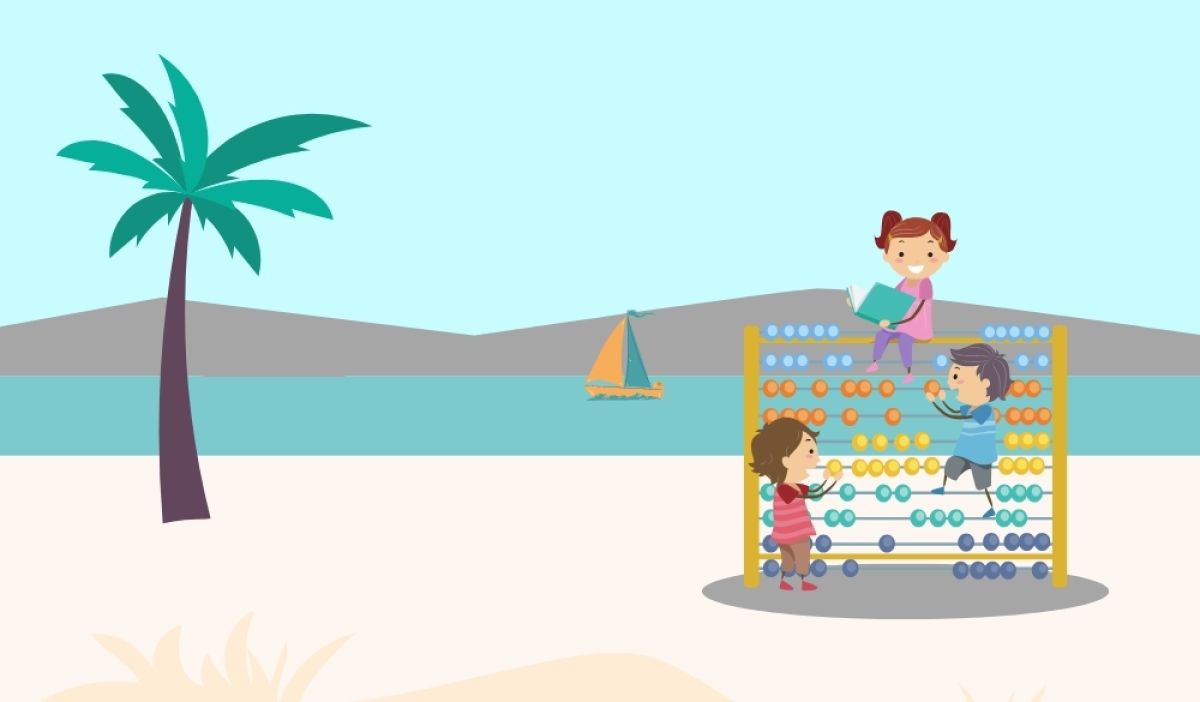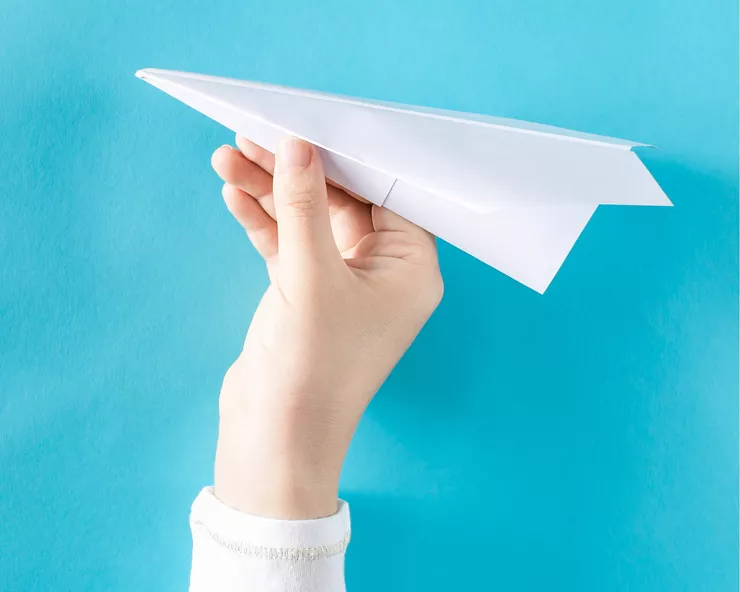Secondary School Math Skills Over Summer with Creative Approaches

The true allure of mathematics lies in its applicability in our daily lives. By blending learning with everyday activities and hobbies, children not only develop a fondness for numbers but also understand their practical significance.
Here’s how you can make math a delightful experience for your child during the summer holidays:
1. Math-Based Mobile Apps:
Digital platforms are wonderful tools for blending education with entertainment.
The Numeracy unit of the onecourse app by onebillion stands out because of its child-friendly interface, captivating challenges, and its alignment with foundational mathematical concepts. It makes learning effortless and enjoyable.
2. Independent Cooking Projects:
Cooking is also a mix of art and science.
By measuring ingredients and understanding portions, children learn about quantities, fractions, and volume. Preparing something as simple as a sandwich can introduce concepts of halves or quarters, and the end result is delicious!

3. Personal Finance Projects:
Saving for a coveted item teaches children the importance of planning, patience, and goal-setting.
By breaking down the total cost and determining how much needs to be saved daily or weekly, kids actively employ arithmetic operations and gain a basic understanding of financial management.
4. Maths in Video Games:
Minecraft, one of the world’s most popular video games, is more than just virtual building blocks, it’s a platform teeming with opportunities to apply and learn mathematical concepts.
- Spatial Awareness and Geometry: Minecraft is based on a grid of cubes, making it a natural environment for understanding three-dimensional space. Players can construct various geometric structures, understanding shapes and symmetries intuitively as they build.
- Resource Management: As players gather materials like wood, stone, and metals, they need to keep track of quantities. When constructing or crafting, they often perform basic arithmetic operations, subtracting resources used and adding the ones they collect.
- Redstone Circuitry: Redstone in Minecraft is used to construct circuits, similar to basic electrical circuits. Building with Redstone can introduce players to the principles of logic gates, binary systems, and circuit design.
- Area and Volume Calculations: When creating larger structures or enclosing spaces, players naturally calculate the area of their base or the volume of a building. They might need to figure out how many blocks are required to complete a structure, leading to multiplication and division tasks.
- Time Management: Minecraft has day and night cycles. Players often plan their activities based on this, which can involve estimating the time needed for various tasks and efficiently allocating their in-game time.
- Trading and Economics: The game has a trading system with villager NPCs. Players can practice their negotiation skills, evaluate the value of trade items, and even understand basic economic principles like demand and supply through these trades.
The immersive nature of Minecraft, combined with its flexibility, allows players, especially children, to apply mathematical concepts without even realising they are learning. This seamless integration of fun and learning is what makes the game a valuable educational tool for numerous subjects, especially maths.
5. Online Math Puzzles and Challenges:
Websites like Coolmath Games are treasure troves of brain teasers that challenge kids to think critically. Whether it’s solving a geometric puzzle or navigating a number maze, these platforms keep children mentally stimulated while ensuring they’re entertained.
6. DIY Crafting Projects:
Crafts are hands-on activities that reinforce measurements, symmetry, and geometry. Whether it’s folding an origami bird or constructing a paper aeroplane, such projects enhance precision and spatial understanding, all while nurturing creativity.

7. Online Shopping:
While virtual shopping, kids can practice addition, subtraction, and multiplication as they try to fit their desired items within a given budget.
This activity promotes smart decision-making and introduces them to concepts of value and economy.
8. Fitness Tracker Analysis:
Analysing steps, heart rate, or sleep patterns from fitness trackers is a modern way of introducing data interpretation.
By charting their daily stats, kids learn about averages, patterns, and trends, which are foundational statistical concepts.
9. Virtual Travel Planning:
Planning a virtual tour offers a multi-dimensional learning experience.
From understanding geographical distances to budgeting for tickets and converting foreign currencies, kids unknowingly employ various mathematical concepts, making learning global and fun.
10. TV Shows
Shows like Horrible Histories and Odd Squad subtly introduce mathematical concepts within their engaging storylines.
Watching these shows is not just about entertainment; post-viewing discussions can revolve around the mathematical elements presented, leading to deeper comprehension.
The brilliance of mathematics isn’t limited to textbooks or classrooms; it’s interwoven into the very fabric of our daily lives.
Embracing these fun and immersive activities during the summer holidays can transform the perception of maths from being a daunting subject to an exciting adventure.
By integrating it seamlessly into enjoyable pursuits, we can foster not only an understanding but a genuine appreciation for maths in our children, setting them up for a lifetime of curiosity and learning.

